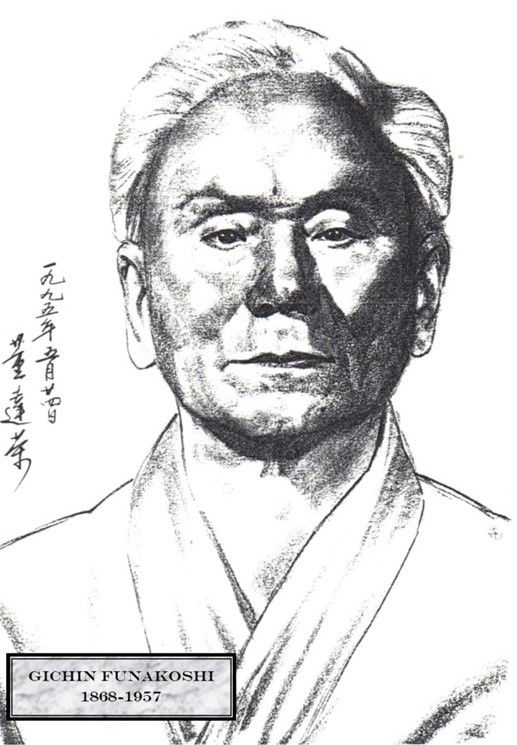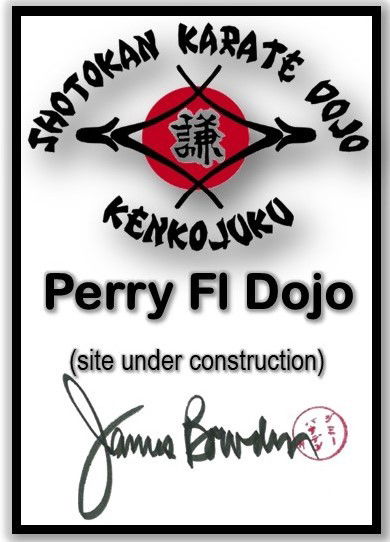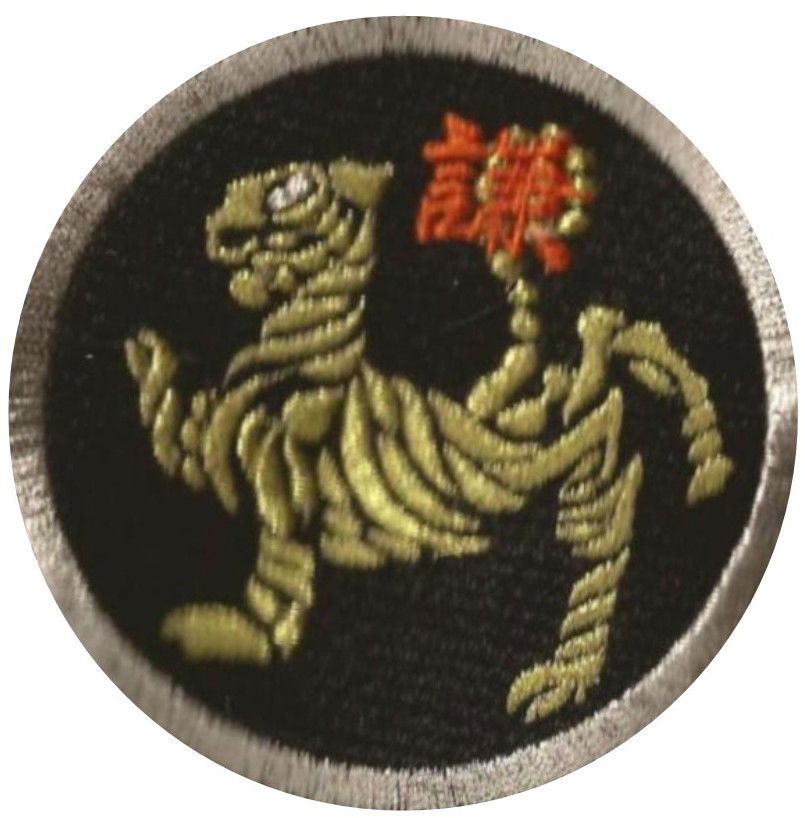Development of Shotokan Karate

Karate was introduced to Japan in 1922 by an Okinawan schoolteacher by the name of Gichin Funakoshi. Gichin Funakoshi is widely considered as the "father" of modern karate. He was born in Okinawa in 1868 and learned karate from two highly respected Okinawan masters of the art, Yasutsune (Ankoh) Itosu and Yasutsune (Anko) Azato.
Funakoshi modified the art, taking inspiration from traditional Japanese budo styles (kendo, judo, etc) and emphasized the philosophical aspects. It was this new karate-do that he took to the Japan and was the first expert to introduce the art to the mainland.
In 1916 he gave a demonstration to the Butokuden in Kyoto, Japan, which at that time was the official center of all martial arts. On March 6, 1921, the Crown Prince, who was later to become the Emperor of Japan, visited Okinawa and Master Funakoshi was once again asked to demonstrate karate.
In the early spring of 1922 Master Funakoshi travelled to Tokyo to present his art at the First National Athletic exhibition in Tokyo organized by the Ministry of Education. For Master Funakoshi, the word karate eventually took on a deeper and broader meaning through the synthesis of these many methods becoming karate-do, literally the "way of karate," or of the ‘empty hand.
Between 1926 and 1930, Funakoshi developed karate further and consolidated its position in Japan. The universities were the main sites of karate study, and they were influenced by research on physiology and calisthenics. During this period Funakoshi and his son Yoshitaka added kumite (fighting) methods, the Japanese kyu/dan ranking system, and some of the traditional concepts of budo (martial way) to the system. Under Yoshitaka, the development of shotokan karate really accelerated. The stances were studied and strengthened by being made lower so as to apply dynamic controlled stress to the leg muscles, and the effect of hip rotation on punches and kicks also examined. This resulted in an ease in the power of punching and kicking techniques. This knowledge was incorporated into the kihon (basics) of shotokan karate. After 1936, the kata (sequences movements) were revised to conform to dynamic new style.
The word 'shotokan' was chosen by Funakoshi's students in 1936, to name his first personal dojo and it derived from his pen name, 'shoto', meaning 'pine waves', and 'kan', meaning hall. It soon became the name for Funakoshi's style of karate.




